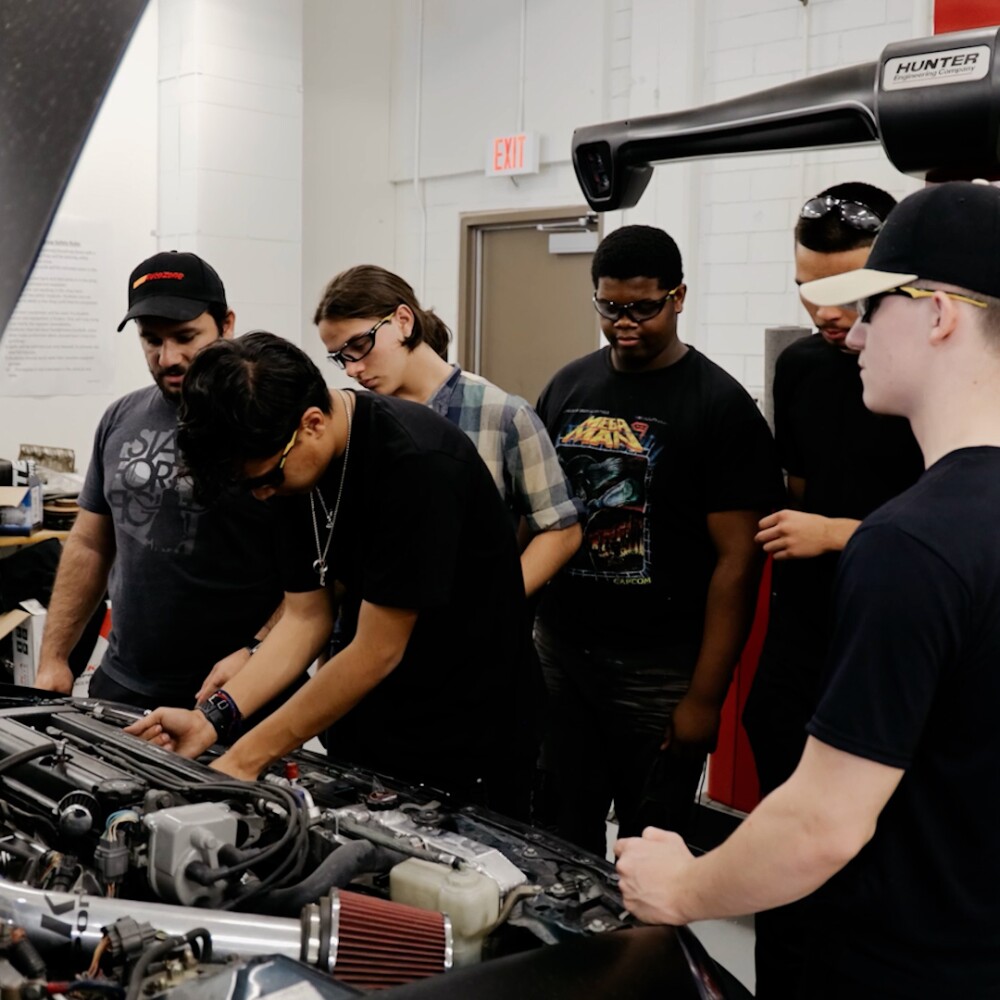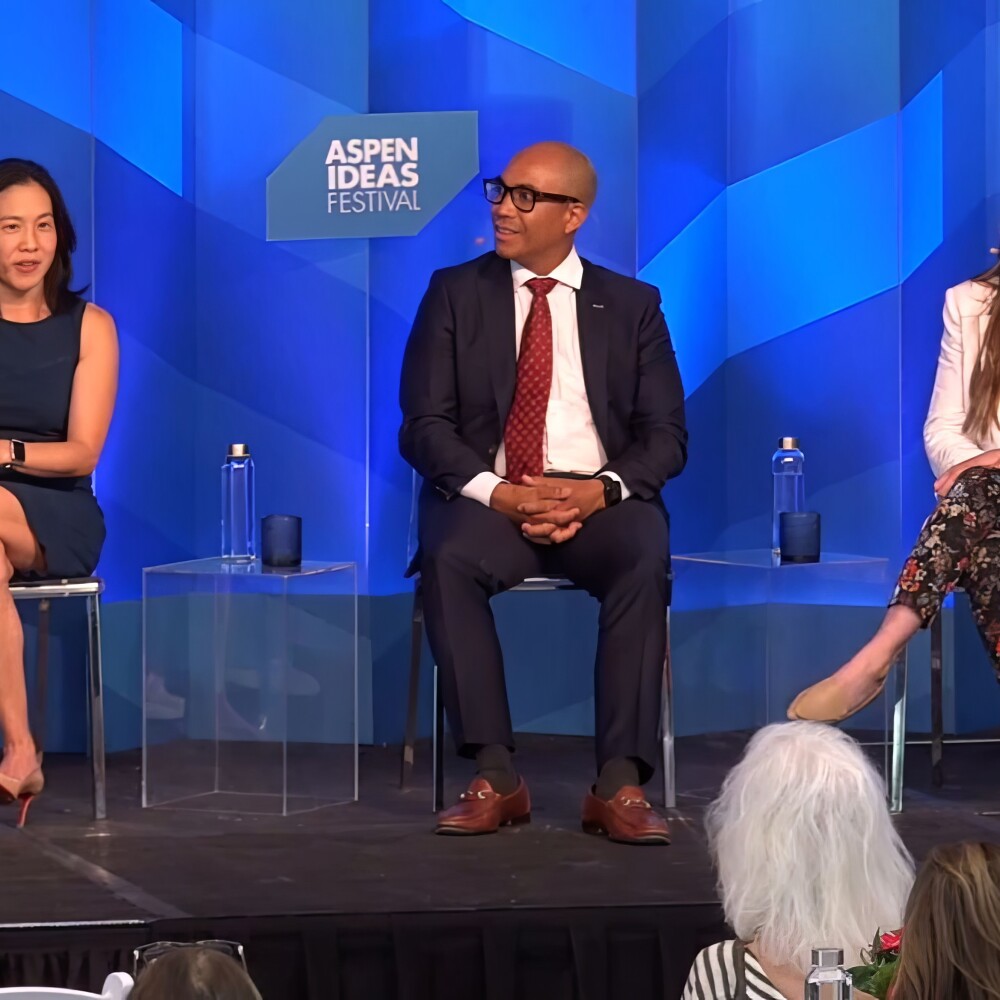Some charter high school networks and postsecondary institutions are showing it’s possible to think differently about what education success looks like for low-income students.
The new success metric for a growing segment of public charter graduates is college completion within six years of graduation. For college graduates, it’s upward economic mobility.
Two analyses offer evidence on how this is occurring and how it provides young people with a foundation for future success and prosperity.
Veteran journalist Richard Whitmire documents what nine charter high school networks do to ensure that students earn a bachelor’s degree within six years of graduating—a more challenging success metric than college acceptance.
And Opportunity Insights economist Raj Chetty and colleagues have developed “mobility report cards” showing how postsecondary institutions advance—or hinder—a young person’s upward economic mobility.
Together, they show how K-12 and postsecondary education can propel students from low-income backgrounds up the ladder of economic opportunity into the middle class and beyond, keeping the American dream alive.
Charter Networks Proving What’s Possible
Whitmire’s exploratory investigation primarily uses National Student Clearinghouse data matching student high school, college and other records. The nine charter networks serve large numbers of students from low-income backgrounds and have several thousand graduates who attended college for at least six years.
According to Whitmire’s calculations, 11% of students from the bottom fourth—or quartile—of income distribution graduate from college in six years (it’s 9% for those who don’t graduate). Comparable charter network completion rates are at double to over four times these averages.
How do these networks do this?
They have a new mindset on what defines student success.
As a spokesperson for KIPP, one of the networks Whitmire examines, summarizes, “We wanted to shift the debate … from focusing on college acceptance [to moving] the charter community and beyond to college completion.”
KIPP, perhaps the most well-known of the nine charter networks, launched the KIPP Through College program to help alumni navigate college challenges.
Because information, financial and administrative challenges often derail low-income college students from completing college, KIPP Through College begins support in high school and extends it to major campus outreach through college graduation. KIPP also partners with more than 70 universities to enroll eight to 10 students from KIPP or similar schools, so students have peers with similar backgrounds with them.
As a result, KIPP has raised alumni college completion from 33% in 2011 to 44% in 2014—improved but far from its 75% goal.
Other charter networks are developing approaches using volunteer charter alumni and mentors to interact regularly with college enrollees. Still others have created inexpensive software for social media and texting to “nudge” students to complete tasks, check on needed assistance and monitor if students are on track to earn a diploma.
Whitmire’s exploratory inquiry needs additional rigorous analysis. But he suggests these innovations are “potentially revolutionary” because they show that significant numbers of low-income students can complete college in six years, laying the groundwork for greater opportunity throughout life.
Economic Mobility Rates and College Access
Chetty analyzes “big data”—anonymous large data sets—for over 30 million college students from 1999 to 2013 that includes tax records for student earnings in their early 30s. This produces an estimate for a college’s upward mobility rate combining access— the fraction of students in the bottom 20% —and success— the fraction reaching the top 20% —to determine the fraction rising from the bottom income quintile to the top quintile.
Mobility rates differ across colleges because low-income student access to colleges varies significantly for several reasons.
For example, 16% of SUNY—Stony Brook students are from the bottom income quintile compared to an average of 4% at select, elite institutions like Harvard or Stanford, even with their generous financial aid.
Rates of bottom-to-top quintile mobility are highest at certain mid-tier public universities, such as the New Jersey Institute of Technology (the top school overall), Cal State—LA, and Pace University.
Rates of upper-tail—bottom quintile to top 1%—are highest at elite colleges.
Ultimately, children from low and high-income families have similar earnings outcomes depending on the college they attend. For example, about 6% of Columbia University students from both low and high-income families reach the top 20% of earners.
This suggests colleges can create a level playing field for students with different socioeconomic backgrounds—and these students generally are not mismatched at selective colleges.
What Next?
These analyses illustrate how high schools and postsecondary institutions assist students from low-income backgrounds to and through college, laying the foundation for economic mobility and a life of opportunity, self-sufficiency, and well-being.
They have lessons to teach other high schools and postsecondary institutions, while also raising questions:
- What high school and college courses, majors, or support services contribute to the upward trajectory?
- What about mobility from the bottom 20% to the quartiles other than the top 20%?
- What policies and practices in high schools and colleges allow better matching so graduates enroll in institutions that best fit their backgrounds?
- How can the practices of charter network be replicated in other charter and district schools?
- What is the relationship between what Chetty calls “high opportunity neighborhoods” that lay the foundation for upward mobility and the important institutions in that community, especially K-12 schools?
- Is Chetty’s “pool of students”—focusing only on the bottom quintile and intergenerational mobility—the correct one for determining who counts as “low-income students?"
We all have a role to play in setting the next generation on a path to prosperity and opportunity. These schools and colleges are pointing the way.



